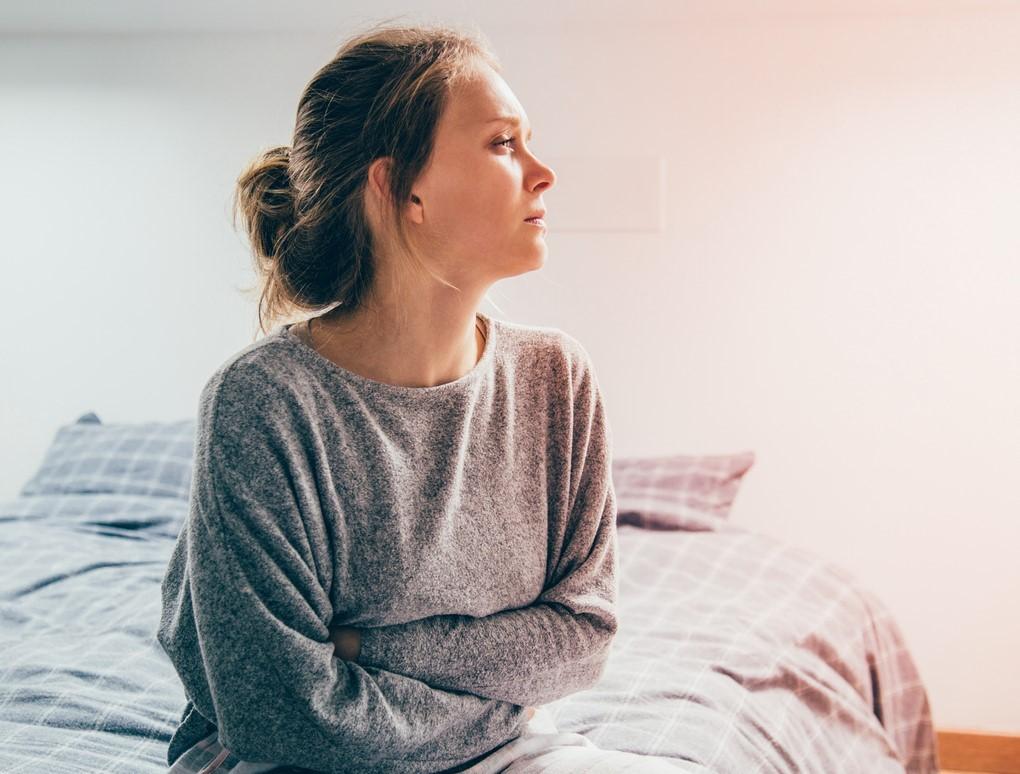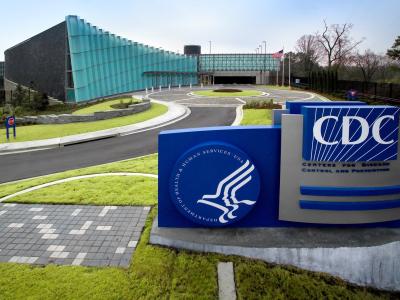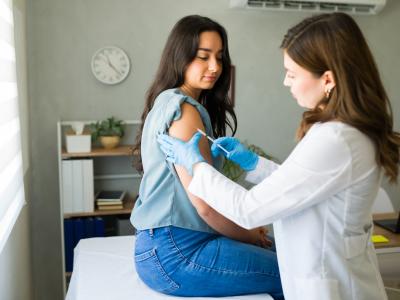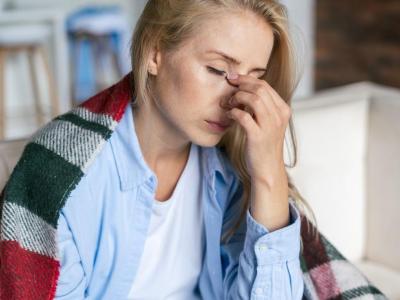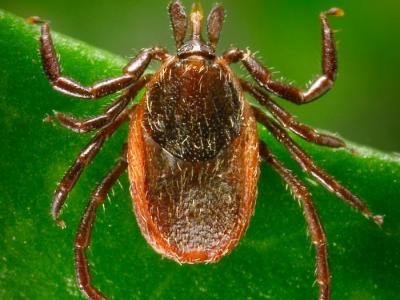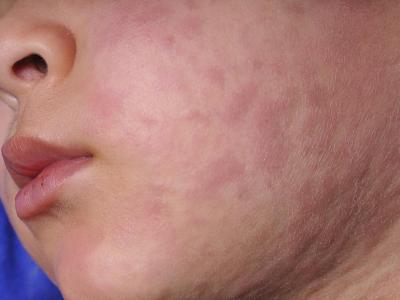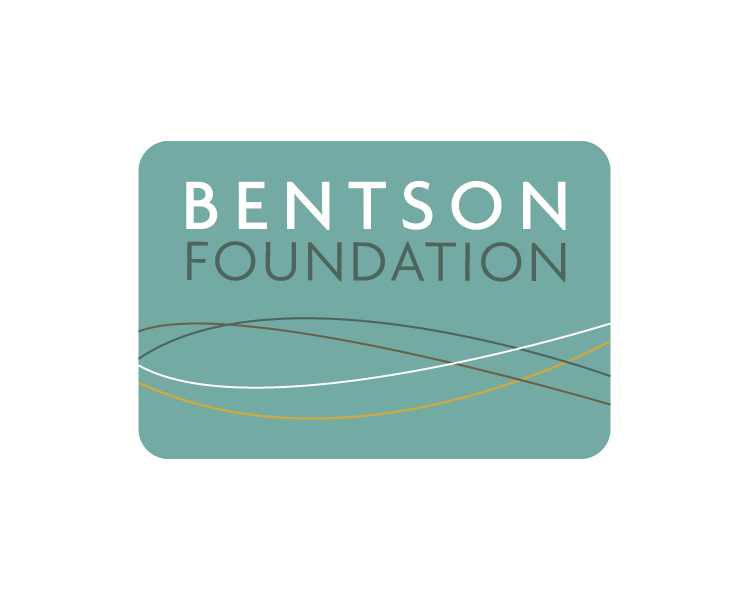More than a third of participants in COVID-19 vaccine clinical trials who received a placebo reported adverse events (AEs) such as headache and fatigue and contributed to the "nocebo effect," potentially rendering 76% of all AE reports after the first dose not true AEs, according to a meta-analysis yesterday in JAMA Network Open.
Researchers from Beth Israel Deaconess Medical Center (BIDMC) in Boston and their US and German colleagues analyzed 12 articles published up to Jul 14, 2021, on randomized clinical vaccine trials involving 22,802 vaccine recipients and 22,578 placebo recipients.
The nocebo effect happens when a trial participant develops side effects or symptoms simply because the person expects they'll occur after taking a drug or vaccine. The authors of the meta-analysis used a ratio of reported AEs in the two groups to calculate the nocebo effect in COVID vaccine trials.
Trials involving participants 16 years and older were included in the analysis if they evaluated AEs within 7 days of injection, included a placebo group, and provided separate AE reports for the vaccine and placebo groups. The trials studied different types of COVID-19 vaccines (mRNA, viral vector, or protein-based) and were in different phases at the time of the study.
Lower AE rates with placebo after 2 doses
Systemic AEs were reported by 35.2% of placebo recipients after the first dose, with headache (19.3%) and fatigue (16.7%) being the most common; after the second dose, 16.2% reported headache, and 14.9% cited fatigue. In comparison, 46.3% of vaccine recipients reported at least one systemic AE after the first dose.
After the second dose, systemic AEs were reported at lower rates in the placebo group (31.8%) but at higher rates in the vaccine group (61.4%). Odds ratios between the two groups were -0.47 (standardized mean difference, -0.26) after the first dose and -1.36 (standardized mean difference, -0.75) after the second.
Local AEs (eg, pain at the injection site) were reported by 16.2% of placebo recipients and 66.7% of vaccine recipients after the first dose and 11.8% and 72.8%, respectively, after two doses.
"The ratios between the placebo and vaccine AE proportions suggest that after the first vaccine dose, nocebo responses accounted for 76.0% of systemic AEs and 24.3% of local AEs," the study authors wrote. After the second dose, the nocebo effect accounted for 51.8% of systemic AEs and 16.2% of local AEs.
An exploratory analysis of the two largest trials reporting information on AE severity showed that the placebo and vaccine groups reported similar severity grades after the first dose but that more vaccine recipients reported moderate and severe AEs after the second.
Results could help address vaccine hesitancy
In a BIDMC press release, the researchers said that nocebo responses are common in randomized clinical trials. The most common AEs, such headache and fatigue, are mentioned in the informational leaflets given to vaccine trial volunteers, according to Ted Kaptchuk, director of BIDMC's Program in Placebo Studies.
"Evidence suggests that this sort of information may cause people to misattribute common daily background sensations as arising from the vaccine or cause anxiety and worry that make people hyper alert to bodily feelings about adverse events," he said.
But while Kaptchuk said that some researchers may believe that disclosing potential adverse effects of an intervention can cause harm, it is the ethical thing to do. "Medicine is based on trust," he said. "Our findings lead us to suggest that informing the public about the potential for nocebo responses could help reduce worries about COVID-19 vaccination, which might decrease vaccination hesitancy."
